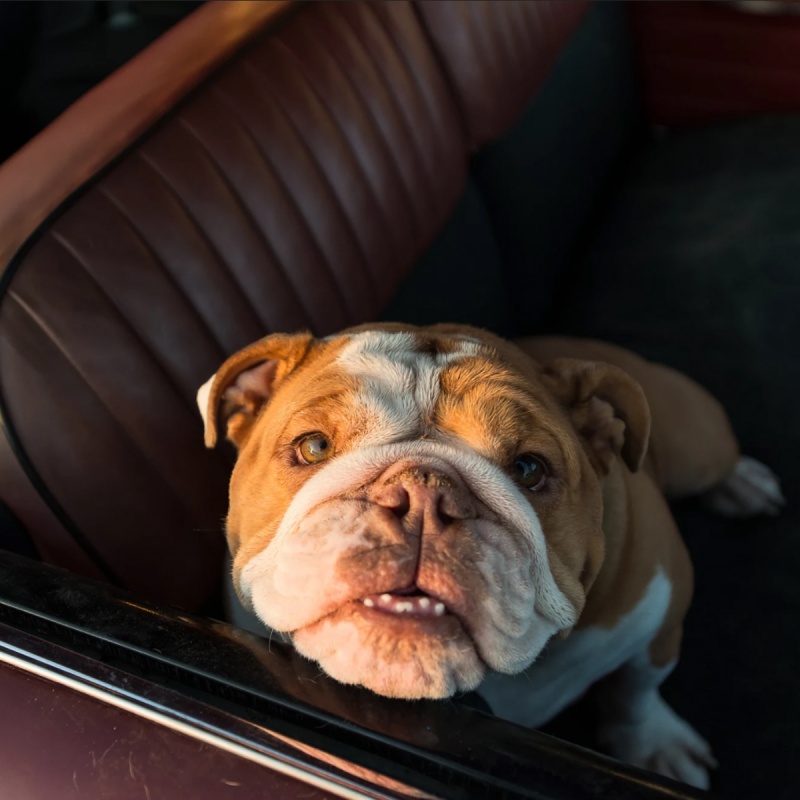
Diarrhoea in dogs may occur in various ways. The water-absorbing capacity of the dog's appendix and large intestine may be impaired by, for example, an inflammation of the intestinal mucous membrane, or too much water may be retained or attracted. The mobility of the intestinal tract can also be disturbed, as a result of which the time in which waste products can be absorbed is too short. Infection of only the mucous membrane of the small intestine usually results in 'limp faeces', because the extra fluid that is transferred from the small intestine to the large intestine is not absorbed sufficiently by the large intestine.
Too loose faeces in dogs can be divided into 2 groups. In small intestinal diarrhoea, the dog has 5 or more times a day stool and sometimes emaciates. With large intestinal diarrhoea, the dog has faeces even 10 times a day and shows tenesmus. Tenesmus is the painful and often unproductive pressing of the stool or after stool production. In both cases, thin stools in dogs may be accompanied by increased flatulence (flatulence in the dog) eating grass, vomiting, abdominal pain, and often the bowel sounds can be heard without a phonendoscope.
The longer and more often the dog suffers from diarrhoea, the greater the chance that the animal will become dehydrated, just like a vomiting dog will lose a lot of fluids and electrolytes (especially potassium). Intestinal contents are alkaline and during a heavy and prolonged diarrhoea, these bases are lost and the PH of the blood becomes acidic, this is called acidosis.